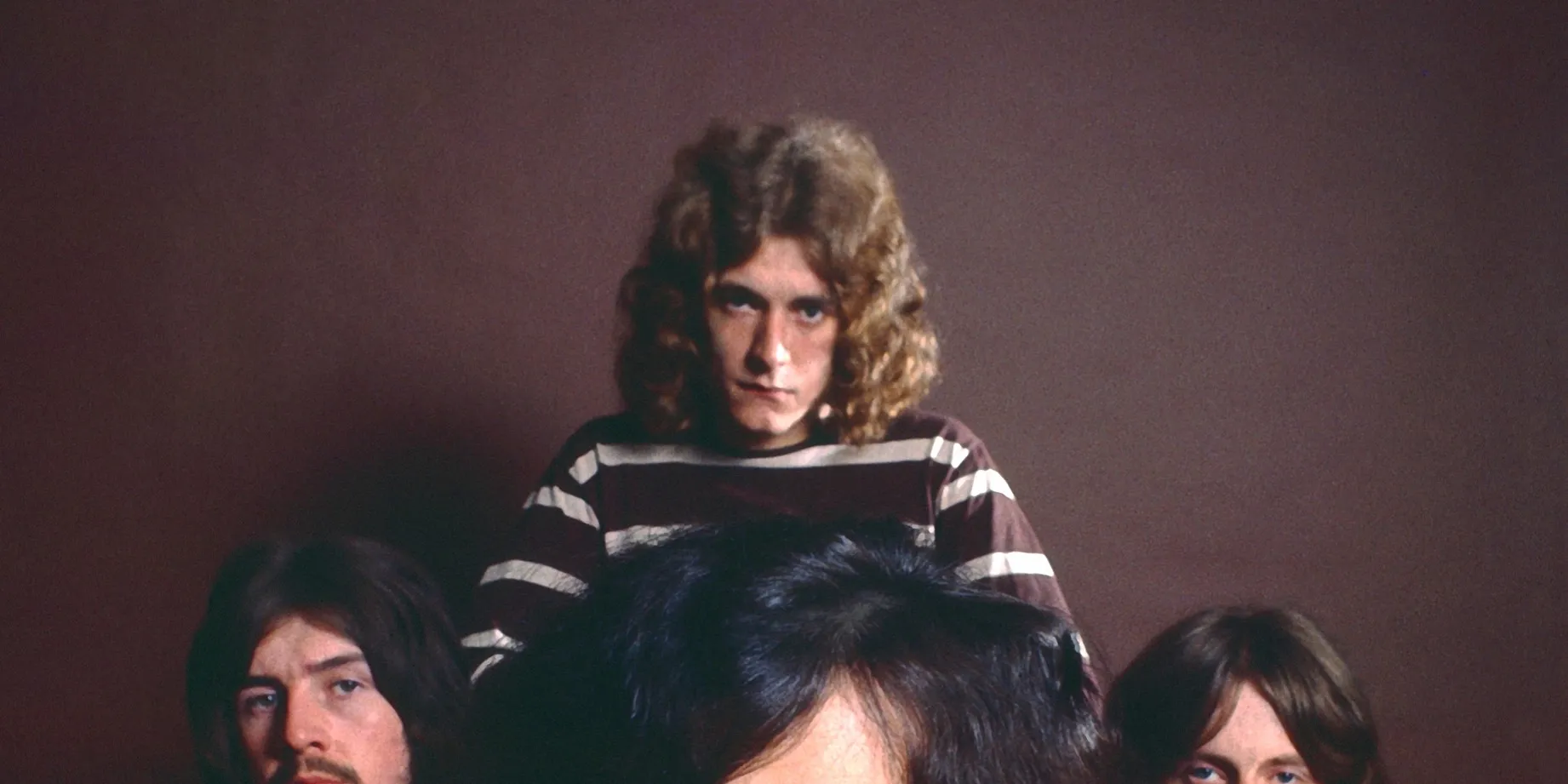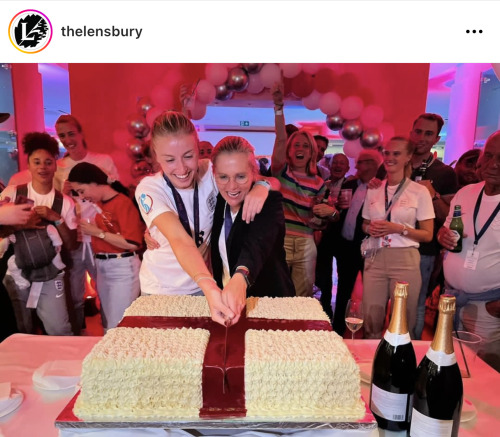
The cover of Led Zeppelin’s 1973 album Houses of the Holy is one of the most iconic and surreal images in rock history. It features several naked, golden-haired children climbing across the rocky landscape of Giant’s Causeway in Northern Ireland, bathed in an eerie, apocalyptic light. While not immediately obvious to all viewers, the children’s flowing blonde hair and lithe figures resemble none other than Led Zeppelin’s lead singer, Robert Plant—particularly his famous golden mane. This resemblance has sparked a mix of curiosity and conspiracy over the years: Why do the children look so much like Robert Plant?
The answer lies partly in the strange, mystical aesthetic that Zeppelin had cultivated by the early 1970s. With their deep dives into mythology, mysticism, and the supernatural, the band wanted the Houses of the Holy cover to evoke a dreamlike, otherworldly atmosphere. The design was created by Hipgnosis, the legendary art design group known for their work with Pink Floyd and others. Photographer Aubrey Powell staged the shoot at Giant’s Causeway and initially envisioned a single child. But the effect wasn’t dramatic enough—so the idea evolved into multiple children, often duplicated from just a few models.
The main models were actually a brother and sister, Stefan and Samantha Gates, whose hair was long and light. Their bodies were photographed in multiple poses and later composited into the final image. Because the models were young and their hair was similar to Plant’s—long, wavy, and blonde—many people mistakenly assumed the children were meant to be mini-Plants, evoking the rock star’s androgynous, ethereal image.
But the resemblance was likely unintentional. Still, it fit the band’s mythology perfectly. Plant, often seen as the golden god of Led Zeppelin, embodied a kind of Dionysian figure—youthful, wild, and mysterious. The children, as figures of innocence climbing toward an unknown destiny, symbolized a transition or evolution, which fit with the album’s eclectic, genre-blending sound. The cover art ends up feeling like a visual metaphor for the music: strange, luminous, and transcendent.
So, while the children weren’t meant to literally mimic Robert Plant, their look—intentional or not—reflected the larger-than-life aesthetic of Led Zeppelin at the height of their myth-making. Their hair just happened to echo that iconic golden halo, sealing the image in the collective imagination of rock history.



